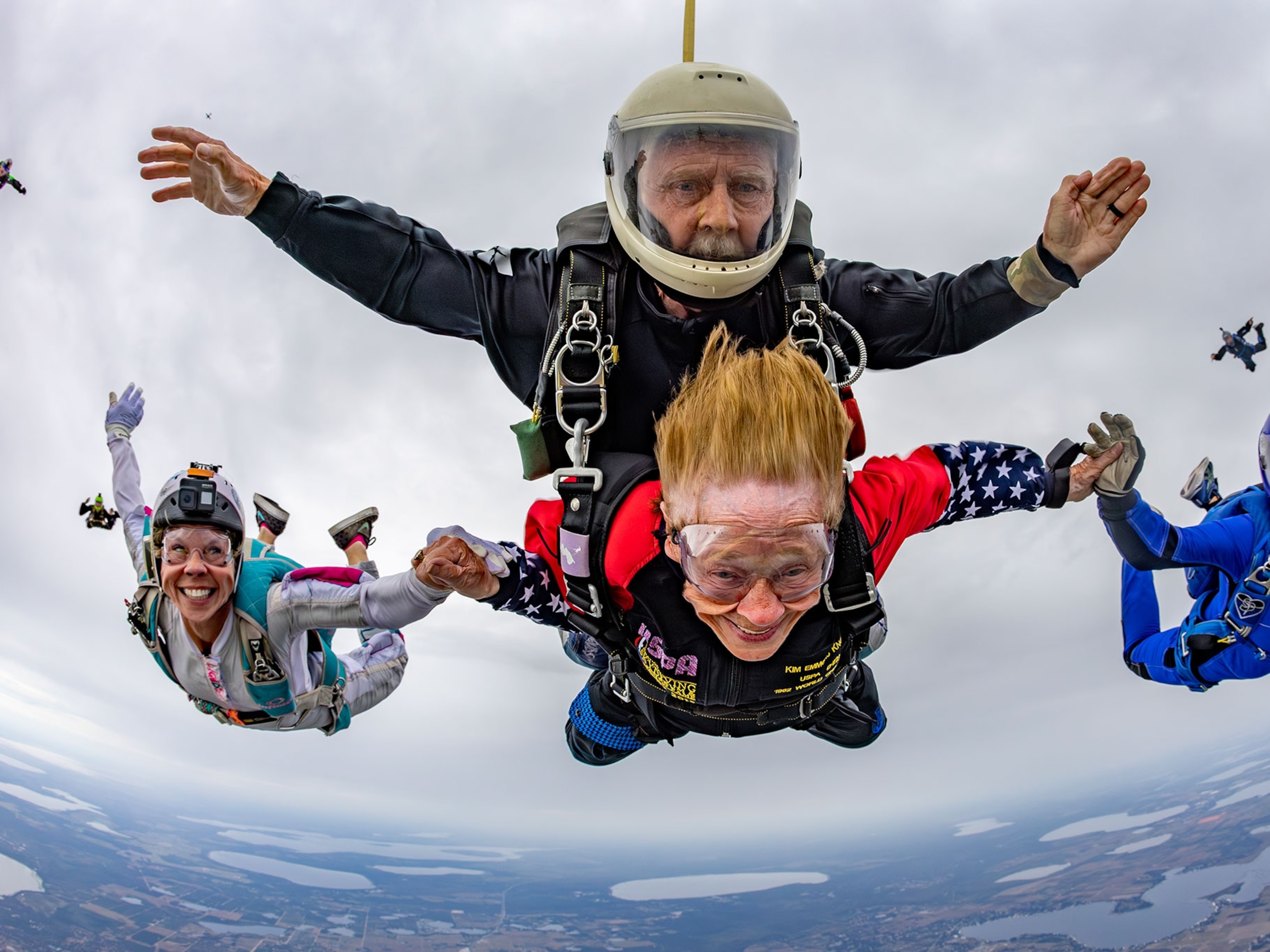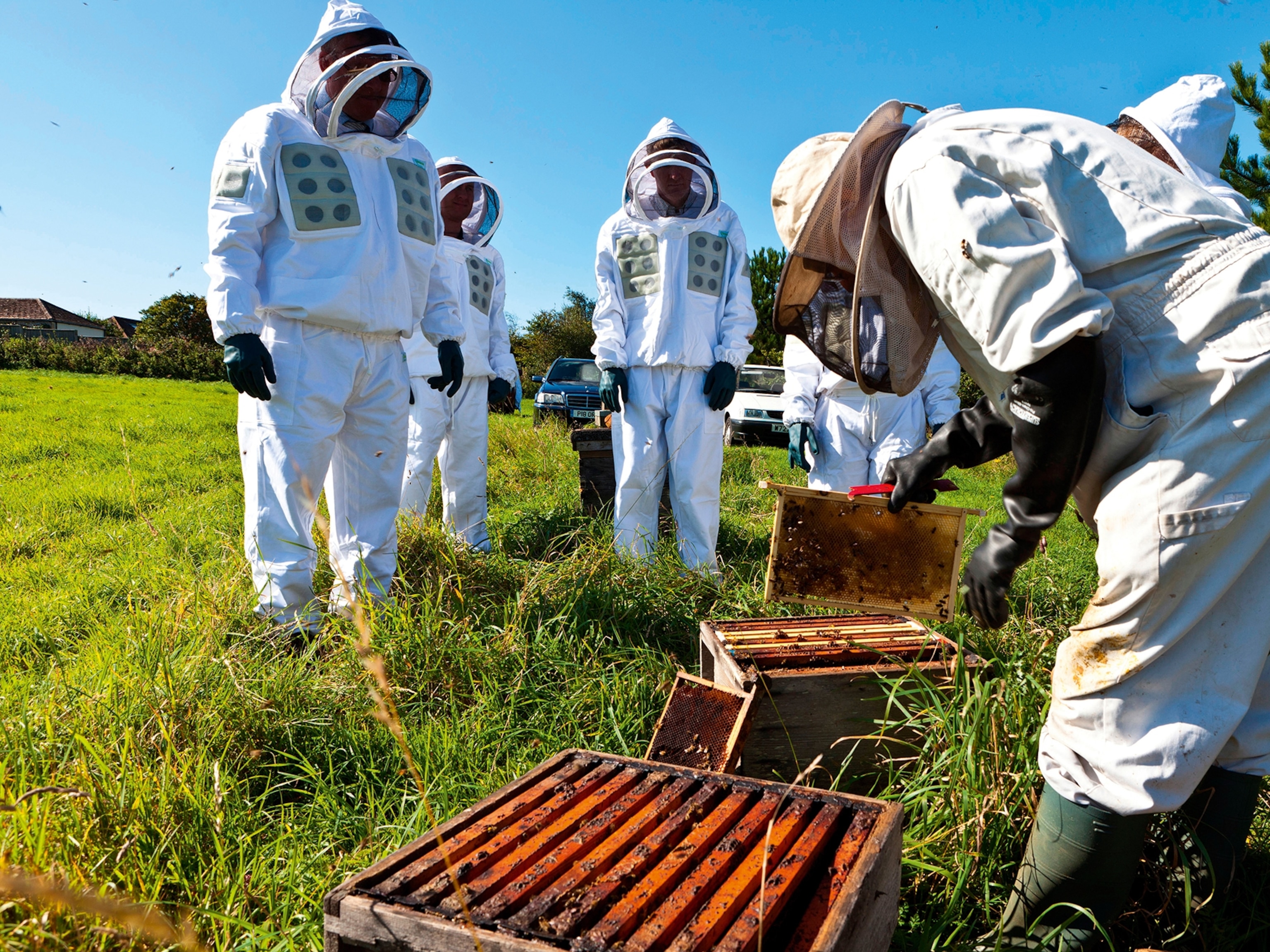
Training Tips: Barefoot Running
Five Tips From Barefoot-Running Legend Ted McDonald
Next: Road Running Tips >>
“Barefoot” Ted McDonald played a lively and central role in Christopher McDougall’s breakout book, Born to Run, with a simple but revolutionary message: “Some of the best technology you’ll ever own when it comes to footwear is the one you’ve already been given by your ancestors,” he says. The barefoot-running guru still runs shoeless, coaches barefoot newbies in Seattle, and owns Luna Sandals, a barefoot-sandal company. He has also become a leading spokesman for the wonders of barefoot running, particularly for those with injuries stemming from footwear. But there’s also the pure pleasure of running as we were designed. “There’s this feeling of lightness and connectedness to our own bodies,” says McDonald.
1. TRANSITION SLOWLY
McDonald coined a term for an affliction that hits many novice barefoot runners: the overexuberance factor. “So many people are so completely blown away at how comfortable and amazing it feels to start moving this way that they overexuberate,” says McDonald. It takes time to transition to barefoot running, and there is no one-size-fits-all plan. Often it can take more than a year. Instead, McDonald encourages new barefoot runners to shoot for a different goal—honing body awareness—rather than building mileage or speed. Gather advice from others who have made the transition at online forums like Minimalist Runner, a Google group that McDonald founded.
2. BE SILENT
The first rule of tuning in to the body is simple: Be silent. When McDonald coaches newbie runners, he asks them to cup their ears while they walk in their shoes. Then they remove their shoes and do the same thing. When walking barefoot, humans intuitively move their weight into their forefoot to decrease the impact on their heels. All of a sudden, the sound of movement ceases. “My joke is there’s a hall in heaven of people who raise their hand when the question is, ‘Who didn’t hear when it was coming?’” says McDonald. “All great hunting animals are extraordinarily quiet when they move, and the reason is they’re extraordinarily efficient. We are definitely one of those.” Running quietly translates to running gently—a must for barefoot runners.
3. QUICKEN YOUR CADENCE
Barefoot runners have an unmistakably different stride than road or trail runners. It’s not only lighter and quieter but the strides are shorter and faster. “There’s all these people who have numbers and digits and times and ways to quicken your cadence, but I believe it comes perfectly naturally by just simply tuning into yourself.” McDonald says that transitioning to about 180 steps per minute softens impact on rough, hard, or rocky surfaces. “Being able to tolerate and move over those surfaces, you begin to recognize and remember that feeling of lightness and then carry it over even when you’re wearing shoes,” says McDonald.
4. FINE-TUNE YOUR BALANCE
- National Geographic Expeditions
Picture this: You’re standing on a balance beam with a basket on your head. Your knees are bent and springy, your head is stacked on your shoulders, and your core is engaged. This is perfect balance, a miraculous piece of human software we all have. “Balance isn’t something you have to think about, it’s something you tune into,” says McDonald. “I want people to learn to preserve that feeling of balance, like they’re walking on a balance beam, when they’re running.” That razor-reactive sensation not only helps runners stay upright on challenging terrain, but it also keeps the body light and agile.
5. TUNE IN TO YOUR BODY
McDonald’s biggest piece of advice is seemingly simple: Cultivate an awareness of your body. But it’s easier said than done. Put away the headphones and consider running alone to block out distractions, says McDonald. “Trying to reconnect to your own body and particularly your foot, which is a very complex thing, is not something where you just buy something and you’re done,” he says. “It’s not like that at all. It’s a rethinking about what it means to be human.” In other words, barefoot running is a change in mindset as much as a change in stride. “Ultimately, once you can no longer maintain any of these three things that I consider to be the hazard lights on the dashboard of this ancient technology—anytime you are no longer able to move gently, no longer able to have as quick a cadence, no longer able to maintain that balance—it’s time to pull over,” says McDonald. “It’s not in your head, it’s how you feel.”





